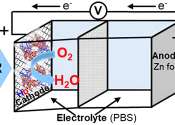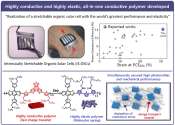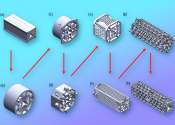Frigid weather can cut electric vehicle range and make charging tough. Here's what you need to know
For nearly a week, frigid temperatures from Chicago to northern Texas have made life painful for electric-vehicle owners, with reduced driving range and hours of waiting at charging stations.
Jan 17, 2024
0
5









